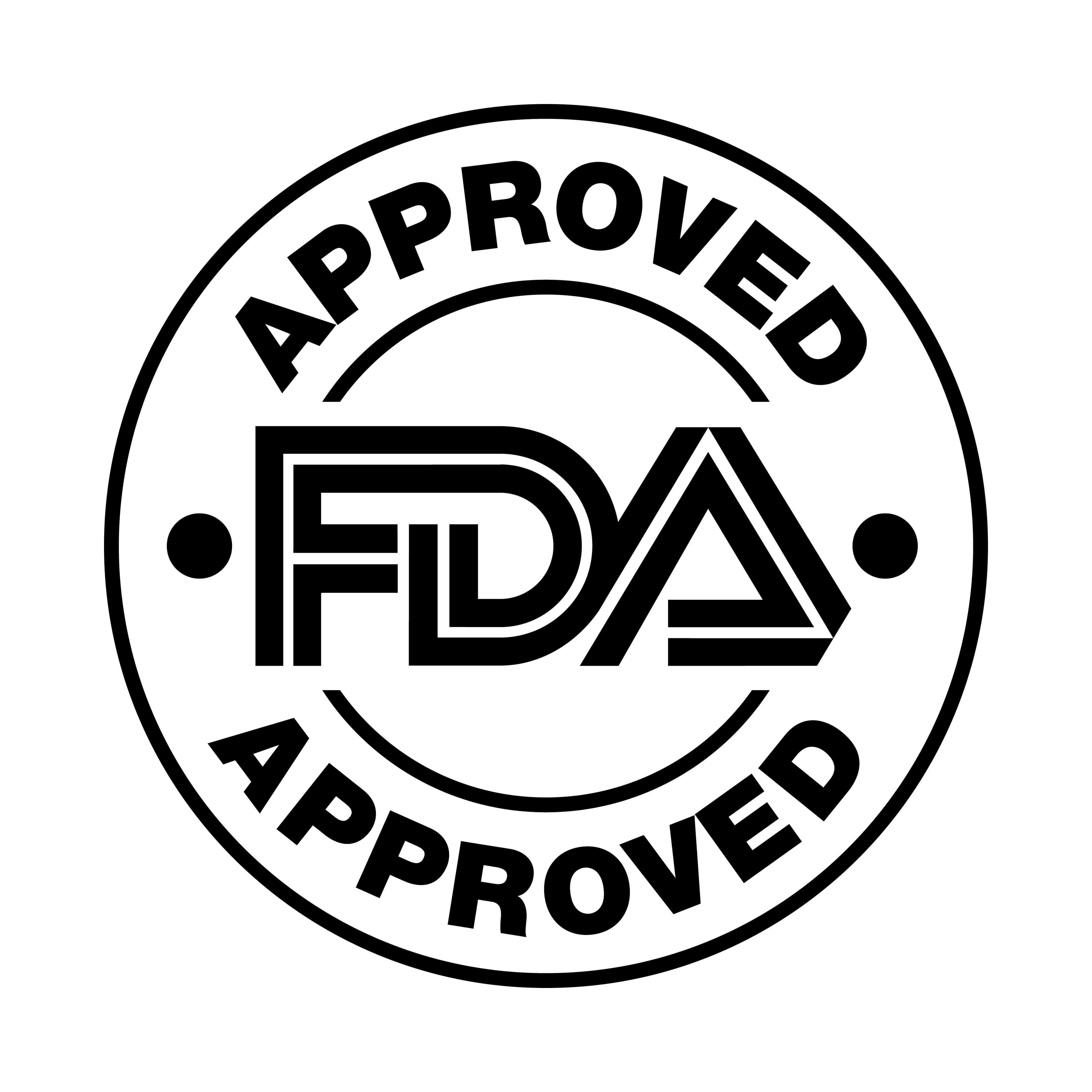FDA approves pz-cel for recessive dystrophic epidermolysis bullosa
The decision makes pz-cel the first and only autologous cell-based gene therapy for the treatment of wounds in adult and pediatric patients with RDEB.
FDA approves pz-cel for recessive dystrophic epidermolysis bullosa | Image Credit: © Calin - © Calin - stock.adobe.com.

On April 25, 2025, the FDA approved prademagene zamikeracel (Zevaskyn; Abeona Therapeutics) (pz-cel), as the first and only autologous, gene-modified cell therapy for adult and pediatric patients with recessive dystrophic epidermolysis bullosa (RDEB), according to a press release from the company.¹
Pz-cel is now the first FDA-approved product designed to treat chronic RDEB wounds with a single application. RDEB is a rare and debilitating genetic skin disorder caused by mutations in the COL7A1 gene, leading to fragile skin that blisters and wounds easily.
"This is a very exciting therapy for patients with RDEB," Bernard Cohen, SOD, AAP, professor of pediatrics and dermatology, Johns Hopkins University School of Medicine, told Contemporary Pediatrics. "There have been few ways to effectively treat the skin erosions in these patients that may cover more than 30% of their skin surface at one time. Pz-cel allows for the patient's own skin cells to be genetically modified to produce functional Type VII collagen sheets that allow for rapid healing of ulcerated areas of skin. This allows for a dramatic improvement in the quality of life for these patients starting in early childhood," added Cohen.
According to Abeona, pz-cel is expected to be available in the third quarter of 2025, via pz-cel Qualified Treatment Centers, well-recognized epidermolysis bullosa treatment centers with cell and gene therapy experience, situated across the United States.
“Today’s approval of [pz-cel] represents a pivotal moment in the treatment of RDEB,” said Vish Seshadri, PhD, MBA, Chief Executive Officer of Abeona. “Through a single surgical application, [pz-cel] can now offer people with RDEB the opportunity for wound healing and pain reduction in even the most severe wounds, as evidenced by the results from our pivotal Phase 3 study.”¹
Key trial data supporting pz-cel approval
The FDA’s decision was based on data from the pivotal Phase 3 VIITAL study (NCT04227106), a multi-center, randomized, intrapatient-controlled trial in which a single application of pz-cel was compared to matched control wounds treated with standard care. At 6 months post-treatment, 81% of chronic wounds treated with pz-cel showed ≥50% healing from baseline (P < .0001), compared to 16% of control wounds.¹
Additionally, patients receiving pz-cel reported significant pain reduction as assessed by the Wong-Baker FACES pain rating scale.¹ Procedural pain and itch were the most common adverse events, occurring in fewer than 5% of patients. No treatment-related serious adverse events were reported.
“[Pz-cel] was well-tolerated and efficacious in clinical studies, providing clinically meaningful improvements in wound healing, pain reduction, and other associated symptoms … in large chronic RDEB wounds after a single application,” said Jean Tang, MD, PhD, principal investigator of the VIITAL study and professor of dermatology, in a statement. ¹
Long-term efficacy was further supported by data from a Phase 1/2a trial (NCT01263379), which showed that pz-cel–treated wounds demonstrated sustained healing over a median follow-up of 6.9 years, with some patients followed for up to 8 years.¹
Pz-cel prior regulatory history
This approval comes following the FDA’s acceptance of a resubmitted biologics license application (BLA) in December 2024. The original application, which had been granted Priority Review and multiple designations—including Orphan Drug, Breakthrough Therapy, and Regenerative Medicine Advanced Therapy—was delayed due to a Complete Response Letter (CRL) issued in April 2024, which requested additional Chemistry, Manufacturing, and Controls (CMC) information.²
The BLA resubmission included updated CMC data and was again supported by the Phase 3 and Phase 1/2a trials, both of which demonstrated efficacy and long-lasting wound healing after a one-time application of pz-cel.²
Expert and community response
Experts across pediatric dermatology and rare disease have welcomed the approval. Anna Bruckner, MD, Co-Director of the EB Clinic at Children’s Hospital Colorado, called the decision a “monumental step forward for individuals living with RDEB and their families, offering a much-needed, long-lasting treatment option for this devastating condition and providing hope for improved quality of life for these patients.”
Amy Paller, MD, pediatric dermatologist and clinical researcher, noted the benefit of grafting gene-corrected skin onto chronic wounds, calling it “a therapeutic option that will nicely complement recently approved topical products.”¹
According to Abeona, the company will work with payers on outcome-based agreements to help accelerate patient access to pz-cel.¹
References:
1. FDA Approves ZEVASKYN for Recessive Dystrophic Epidermolysis Bullosa. Abeona Therapeutics. Press release. April 29, 2025. Accessed April 29, 2025. https://investors.abeonatherapeutics.com/press-releases/detail/303/u-s-fda-approves-zevaskyn-prademagene-zamikeracel
2. Fitch, J. FDA accepts BLA resubmission for pz-cel to treat recessive dystrophic epidermolysis bullosa. Contemporary Pediatrics. November 13, 2024. Accessed April 29, 2025. https://www.contemporarypediatrics.com/view/fda-accepts-bla-resubmission-for-pz-cel-to-treat-recessive-dystrophic-epidermolysis-bullosa
Recognize & Refer: Hemangiomas in pediatrics
July 17th 2019Contemporary Pediatrics sits down exclusively with Sheila Fallon Friedlander, MD, a professor dermatology and pediatrics, to discuss the one key condition for which she believes community pediatricians should be especially aware-hemangiomas.